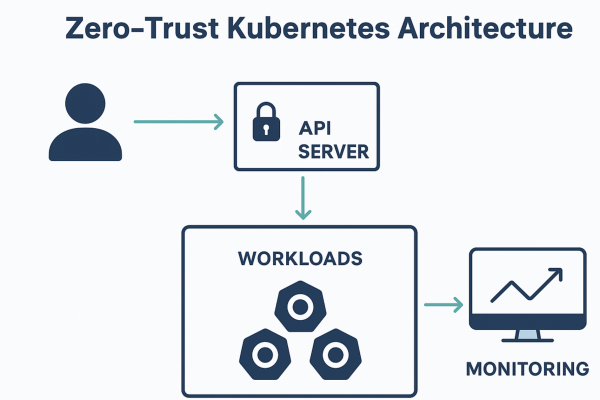The Ultimate Guide to AWS Infrastructure Monitoring
In the ever-evolving landscape of cloud computing, AWS (Amazon Web Services) stands out as a powerhouse, offering a robust platform for businesses to build and scale their digital infrastructure. However, managing and monitoring this infrastructure efficiently is paramount to ensure optimal performance and security.
Understanding AWS Web Services
AWS web services encompass a vast array of cloud computing solutions provided by Amazon. From computing power to storage solutions, database management, and beyond, AWS offers a comprehensive suite of services to meet the diverse needs of businesses worldwide.
Exploring the AWS Cloud Platform
At the heart of AWS lies its cloud platform, a dynamic environment that enables businesses to deploy applications, store data, and leverage various cloud services with unparalleled flexibility and scalability. With AWS, organizations can enjoy the benefits of cloud computing while minimizing infrastructure costs and maximizing operational efficiency.
Leveraging Amazon Cloud Server for Scalability and Reliability
Amazon cloud servers, commonly known as EC2 (Elastic Compute Cloud) instances, serve as the backbone of AWS infrastructure. These virtual servers provide scalable computing capacity on demand, allowing businesses to expand or shrink their resources based on workload fluctuations. With Amazon cloud servers, organizations can achieve high availability, reliability, and cost-effectiveness in their IT operations.
AWS Infrastructure Monitoring: Ensuring Performance and Security
Effective monitoring of AWS infrastructure is crucial for maintaining the health, performance, and security of cloud-based environments. AWS infrastructure monitoring involves tracking key metrics, such as CPU utilization, network traffic, and storage usage, to identify potential issues and optimize resource allocation.
Key Components of AWS Infrastructure Monitoring
CloudWatch: Amazon CloudWatch is a monitoring and management service that provides real-time insights into AWS resources and applications. It enables users to collect and track metrics, set alarms, and automatically respond to changes in their AWS environment.
CloudTrail: AWS CloudTrail offers visibility into user activity and API usage across the AWS infrastructure. It records API calls and delivers log files to help organizations understand who did what, when, and from where within their AWS accounts.
Trusted Advisor: AWS Trusted Advisor is a tool that offers recommendations for optimizing AWS infrastructure based on best practices and cost-saving opportunities. It provides insights into security, performance, and cost optimization, helping businesses make informed decisions to enhance their AWS environment.
Best Practices for AWS Infrastructure Monitoring
- Define clear monitoring objectives and metrics relevant to your business goals.
- Implement automated monitoring and alerting to detect and respond to issues in real-time.
- Regularly review and optimize your AWS infrastructure based on monitoring insights and recommendations.
- Ensure compliance with industry regulations and security standards by monitoring access logs and user activity.
Conclusion
AWS infrastructure monitoring is essential for organizations leveraging the power of the AWS cloud platform. By implementing robust monitoring solutions and best practices, businesses can enhance the performance, reliability, and security of their AWS environment, ultimately driving success in the digital era. Embrace the power of AWS infrastructure monitoring and unlock the full potential of your cloud infrastructure today.
Author







